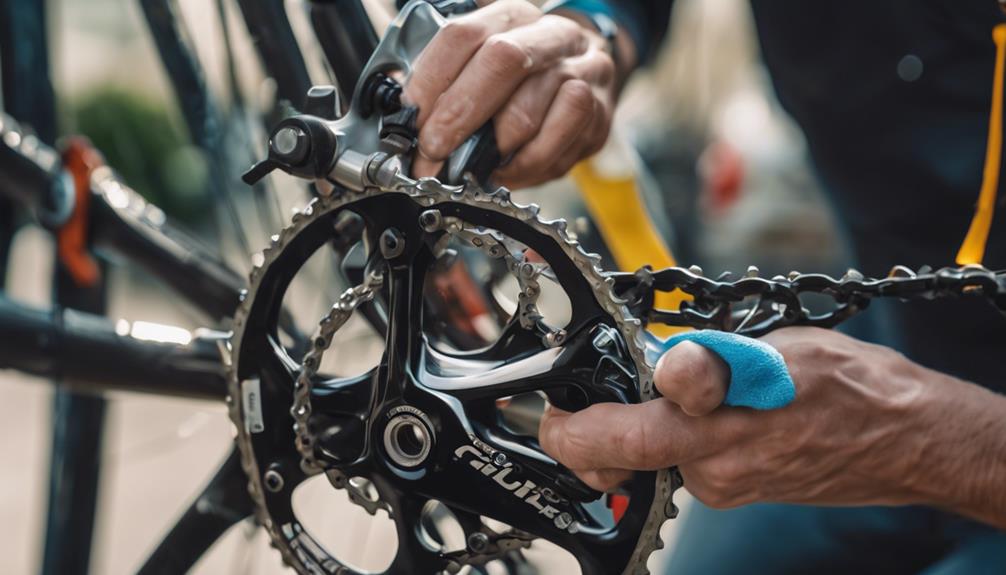Cycling is an exhilarating activity that combines fitness, recreation, and transportation. However, staying hydrated while cycling is crucial for maintaining performance and ensuring safety. A cycling water bottle is an essential accessory for any cyclist, whether you’re a casual rider or a competitive athlete. In this article, we will delve into the importance of hydration, explore the various types of cycling water bottles, and provide practical tips for choosing the right one for your needs.
Why Hydration is Crucial for Cyclists
Hydration affects overall health and is particularly important for cyclists for several reasons:
- Performance: Dehydration can lead to decreased physical performance. Studies show that even a 2% loss in body weight due to fluid loss can impair performance significantly.
- Endurance: Staying hydrated helps maintain endurance levels. Cyclists need to replenish fluids lost through sweat to keep their energy levels high.
- Recovery: Proper hydration aids in recovery post-ride. It helps in the repair of muscles and reduces fatigue, allowing cyclists to train more effectively.
- Body Temperature Regulation: Water plays a critical role in regulating body temperature. Adequate hydration helps in dissipating heat generated during physical exertion.
With these factors in mind, selecting the right cycling water bottle becomes essential for any cyclist looking to maintain performance and health.
Types of Cycling Water Bottles
There are several types of cycling water bottles available on the market, each with unique features and benefits. Understanding these options can help you make an informed choice.
1. Plastic Water Bottles
Plastic water bottles are the most common type used by cyclists. They are light, durable, and often come with a wide mouth for easy filling and cleaning.
- Pros: Lightweight, affordable, and available in various colors and designs.
- Cons: May retain odors and flavors if not cleaned regularly; some plastics can degrade over time.
2. Stainless Steel Water Bottles
Stainless steel water bottles are gaining popularity for their durability and insulation properties.
- Pros: Durable, often insulated to keep drinks cold, and environmentally friendly.
- Cons: Heavier than plastic bottles and usually more expensive.
3. Hydration Packs
For longer rides, hydration packs offer an alternative to traditional water bottles. These packs include a reservoir and a tube that allows for hands-free drinking.
- Pros: Carry more water, hands-free hydration, and often include additional storage for essentials.
- Cons: Can be bulky and require cleaning and maintenance to prevent mold.
Features to Consider When Choosing a Cycling Water Bottle
When selecting a cycling water bottle, consider the following features to ensure it meets your needs:
1. Capacity
Water bottle capacities typically range from 500ml to 1,000ml. Choose a capacity that suits the length of your rides and personal hydration needs.
2. Material
The material of the bottle will impact its weight, durability, and insulation properties. Consider if you prefer plastic, stainless steel, or another material.
3. Closure Type
Water bottles come with various closure types, including screw tops, flip tops, and squeeze tops. Squeeze tops are particularly popular among cyclists for easy access while riding.
4. Ease of Cleaning
Look for bottles that are easy to clean, either through wide openings or that are dishwasher safe. Regular cleaning is crucial to prevent bacteria buildup.
5. Compatibility with Bike Cages
Ensure the bottle fits securely into your bike’s bottle cage. Check dimensions before purchasing, as some bottles may be too wide or tall for certain cages.
Best Practices for Hydration While Cycling
To optimize hydration during your rides, follow these best practices:
- Drink Regularly: Don’t wait until you’re thirsty to drink. Aim to sip water every 15-20 minutes.
- Know Your Needs: Understand your hydration needs based on ride intensity, duration, and weather conditions.
- Use Electrolyte Drinks: For longer rides, consider using electrolyte drinks to replenish lost salts and minerals.
- Pre-Hydrate: Drink water before starting your ride to ensure you begin with adequate hydration.
Case Studies: Hydration and Performance
Numerous studies have explored the relationship between hydration and athletic performance. One notable study published in the Journal of Sports Sciences found that cyclists who maintained proper hydration showed significantly better endurance and reduced fatigue levels compared to those who were dehydrated.
Another case study involving professional cyclists demonstrated that those who consumed electrolyte-rich fluids during long races maintained higher power outputs and experienced fewer instances of cramping and fatigue.
Popular Cycling Water Bottles on the Market
Here are a few top-rated cycling water bottles that have gained popularity among cyclists:
- CamelBak Podium Chill: Known for its insulation and easy-squeeze design, this bottle is a favorite among competitive cyclists.
- Polar Bottle Breakaway: This insulated bottle keeps drinks cold for hours and features a wide mouth for easy cleaning.
- Elite Fly: Lightweight and designed for optimal aerodynamics, this bottle is ideal for road cyclists.
Conclusion
Staying hydrated is essential for any cyclist aiming to perform at their best. The right cycling water bottle can make a significant difference in your riding experience, enhancing performance and comfort. By understanding the different types of bottles, their features, and best hydration practices, you can make an informed choice that fits your cycling style and needs. Remember, hydration is not just about quenching your thirst—it’s about optimizing your performance and enjoying every ride to the fullest.
